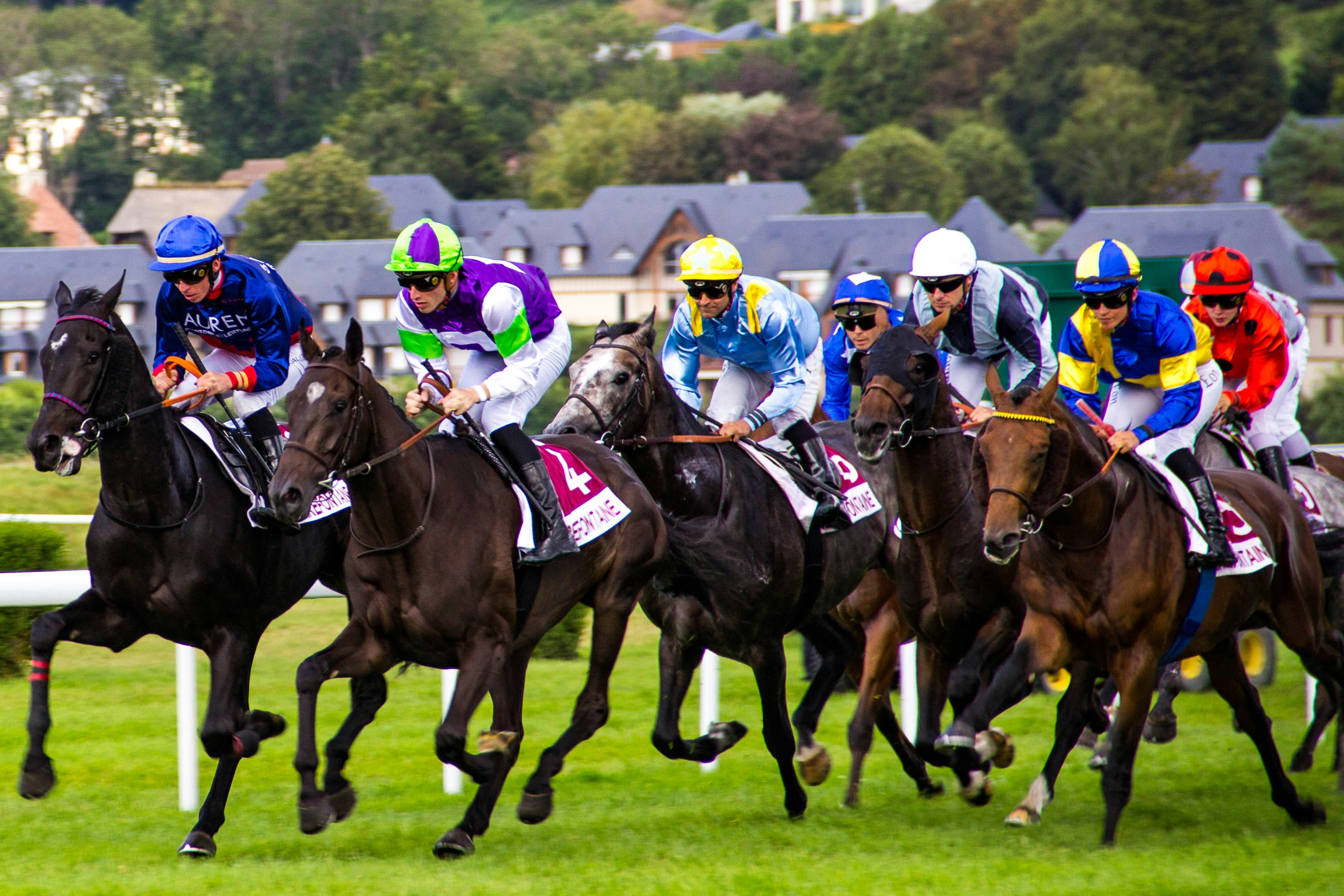Media release
From:
Hold your horses - A data-driven approach could prepare horses for races while avoiding bone injuries, the most common cause of race-related deaths. The new model, analysing microdamage and repair processes, revealed the risk of bone injury increases with the speeds and distances that racehorses cover during training. The risk may be reduced by limiting distances covered at high speeds and ensuring longer, more frequent rest periods, the authors suggest.
A mathematical model of metacarpal subchondral bone adaptation, microdamage, and repair in racehorses
Bone injuries are the most common cause of race-related deaths in racehorses. To help trainers develop training programs that prepare horses for races while avoiding injury, we constructed a new mathematical model of bone adaptation and damage in racehorses. The model revealed that the risk of bone injury increases with both the speeds and distances that racehorses cover during training. Simulations of training preparations revealed that rest from racing is needed to adequately repair bone damage. Therefore, the risk of bone injury may be reduced by limiting distances covered at high speeds and ensuring longer, more frequent rest periods.



 Australia; VIC; QLD
Australia; VIC; QLD



